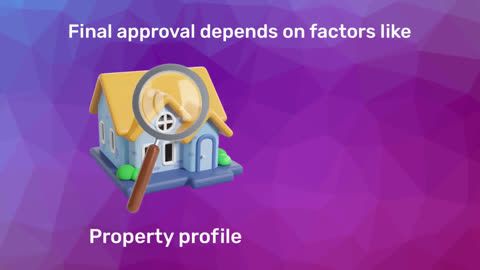What is the tax regime?
The tax regime refers to the rules and systems under which individuals and businesses are taxed. It is like a framework that outlines how much you owe to the government based on your income. In India, there are two types of tax regimes for individuals:- Old tax regime: This system offers multiple deductions and exemptions, such as for investments in schemes like the Public Provident Fund (PPF), medical insurance, and home loans.
- New tax regime: Introduced in 2020, this is simpler with lower tax rates but does not offer as many deductions or exemptions.
Why understanding the tax regime matters
The income tax regime that you choose influences your take-home pay, savings, and investments. Each system caters to different financial preferences. The old tax regime is great for savers who use exemptions wisely, while the new regime appeals to those who prefer straightforward calculations with no strings attached.Key differences between the tax regimes
| Aspect | Old tax regime | New tax regime |
| Tax rates | Higher rates with exemptions | Lower rates, no exemptions |
| Deductions allowed | Yes (for example, home loan interest) | No deductions |
| Best for | Investors, savers | Simplicity seekers |
Tax-saving opportunities under each regime
The old tax regime allows taxpayers to reduce their taxable income by claiming various deductions and exemptions. Here are the key options:1. Deductions under Section 80C - One of the most popular sections, 80C, provides deductions of up to Rs. 1.5 lakh. Some eligible investments and expenses include:
- EPF (Employee Provident Fund)
- PPF (Public Provident Fund)
- ELSS (Equity Linked Savings Schemes)
- Life insurance premiums
- Principal repayment on home loan
- Up to Rs. 25,000 for self, spouse, and children.
- An additional Rs. 50,000 for parents above 60 years.
4. Standard deduction - Salaried employees can claim a flat deduction of ₹50,000 annually from their gross salary.
5. Interest on home loan - Under Section 24(b), you can claim up to Rs. 2 lakh for interest paid on a housing loan for a self-occupied property.
6. Other key deductions:
- Section 80E: Interest on education loans.
- Section 80G: Donations to eligible charitable institutions.
- Section 80TTA/80TTB: Savings account or fixed deposit interest.
Should you choose the new or old tax regime?
Your decision depends on several factors:- Go for the old regime if you have significant deductions from home loans, insurance premiums, or retirement savings.
- Choose the new regime if you do not invest heavily or prefer a simpler tax structure.
Why tax planning matters
Tax planning is not just about saving money; it is about making your money work smarter for you. By understanding the tax regime meaning and leveraging benefits like home loan deductions, you can:- Optimise your tax outflow.
- Boost your savings for future needs.
- Invest in assets like property, which also appreciates over time.
Tax regime and homeownership: A smart combo
Buying a home is more than a milestone; it is a financial investment that can yield long-term rewards. With the right tax regime, you can turn your home loan into a tax-saving tool.Here is how:
- Deduct your interest payments annually to reduce your taxable income.
- Lower your tax liability with principal repayments under Section 80C.
- Use the additional savings to invest in upgrades for your home or other financial goals.
Explore Bajaj Housing Finance Home Loan
If you are ready to take the next step towards homeownership, consider a home loan from Bajaj Housing Finance. With easy application processes, competitive interest rates, and the potential to save on taxes, it is the perfect choice for homebuyers.Bajaj Housing Finance Home Loan offers:
1. High loan amount: Secure funding up to Rs. 15 Crore* to turn your dream home into reality.
2. Low interest rates: Enjoy interest rates starting 7.45%* p.a, and EMIs as low as Rs. 684/lakh*.
3. Quick approval: Get approved within 48 Hours* of applying - sometimes even sooner.
4. Flexible repayment tenure: Choose a repayment term of up to 32 years for comfortable EMIs.
5. Simple application: Take advantage of doorstep document collection for a smooth process.
6. Balance transfer facility: Move your existing home loan and get a top-up loan with better terms.
Start your journey today and let Bajaj Housing Finance make your dream home a reality.




